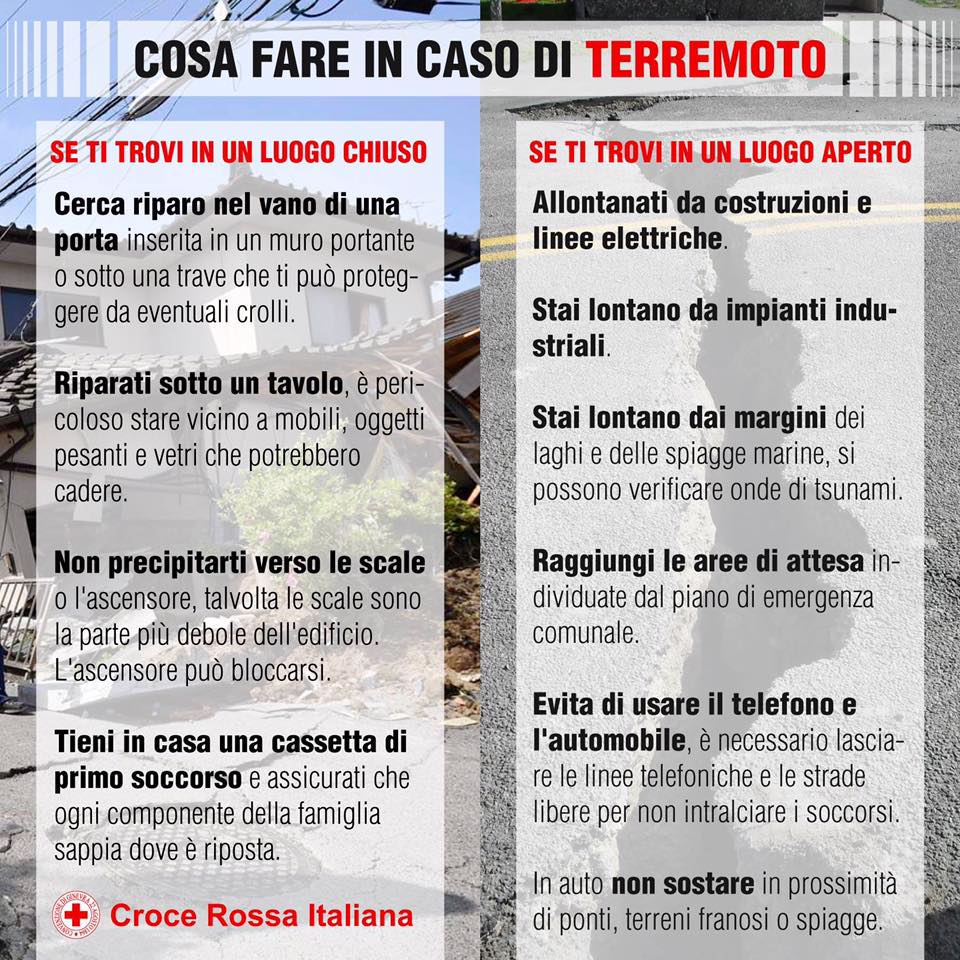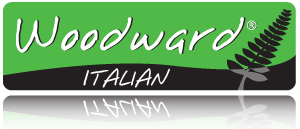I have never lived in a country where there haven’t been earthquakes.
I’m originally from New Zealand, we get them there.
The last number of years I have been living in Chile… we get them here too.
The strongest earthquake I have experienced was the 8.8 one we had in the early morning of February 27, 2010. At the time it was the 5th strongest in recorded history… and I can tell you, it was scary!
(You can read about my experience of the 8.8 quake here)
Today’s Earthquakes in Italy
Today there were four strong earthquakes in four hours in Italy. They were near Amatrice, the same place which was hit last year causing around 300 deaths and destroying many buildings. Today’s quakes were “only” between 5.3 and 5.7 on the Richter scale, however they were very shallow, only a few kilometres deep… which make them so damaging. The quakes were felt in Rome which temporarily closed the metro and caused an avalanche that buried a spa hotel in the mountains killing around 30 people.
So what does this have to do with learning Italian?
My twitter feed was busy with mentions of the quake (the hashtag #terremoto was used). Among the tweets that I saw, there was a cool chart about what to do in an earthquake … IN ITALIAN!!! (The geek in me thinks it’s cool)

The chart is by the Italian Red Cross (Croce Rossa Italiana)
My first observation, Italian uses the same word as Spanish for Earthquake … Terremoto.
il terremoto = the earthquake
i terremoti = the earthquakes
The chart is divided into two parts:
Se ti trovi in un luogo chiuso = If you are in a closed place
Se ti trovi in un luogo aperto = If you are in an open place
Trovare has many different meanings. It can mean to find, to meet, or to be at a place, as in this case.
You can go through the rest of the chart yourself looking up new vocabulary.
(Yes, mainly because I have to do it myself… I’ll add my notes here when I get time)
Using Real World images to learn Italian
Using Realia (a teacher’s term for real world resources) is a great way to learn Italian vocabulary and to reinforce certain grammatical structures. You can find realia by looking at Italian newspapers (online), going through social media feeds of Italian organisations, or as I mentioned in a previous article even flicking through online supermarket brochures.
The material that you find is what is used in real life in Italy, and therefore what you may come across or need to know while there. Hopefully you won’t need to use what you learn about earthquake survival tips but you never know.
Now to look for realia about how to survive a Zombie attack. I wonder where I can find that in Italian? 🙂
Stay safe everyone!
